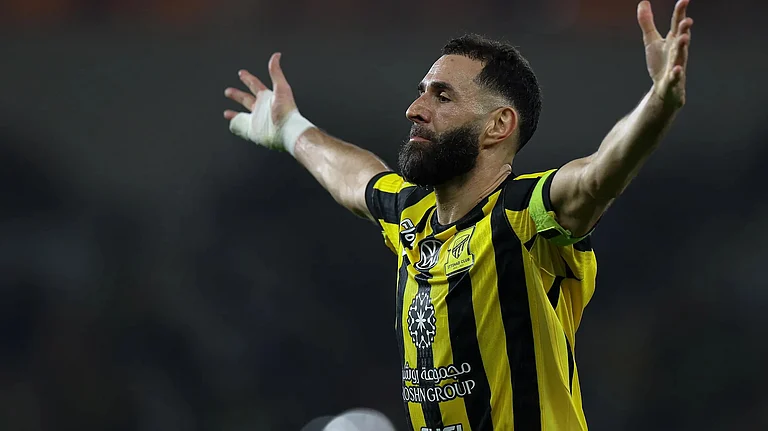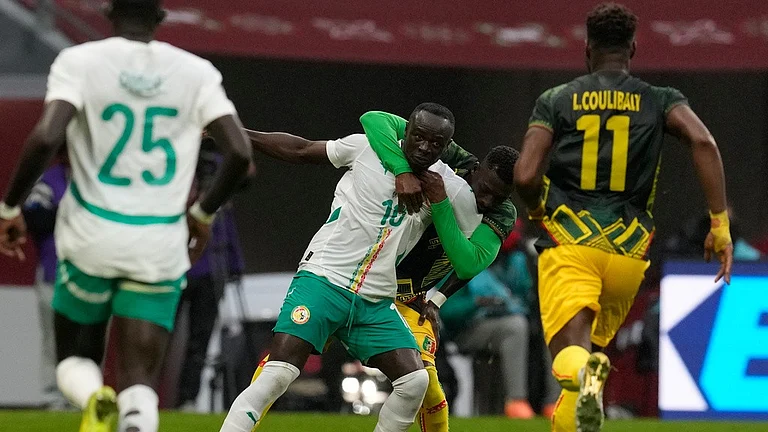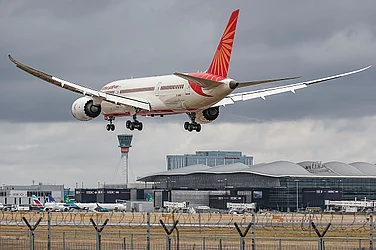The basic tenet of secularism may well stress on the need to keep religion separate from politics. But in the subcontinent’s contemporary history the two have inextricably linked, especially when it comes to India-Pakistan relations. On occasion, their mingling has created situations whose impact has been felt beyond the shores of South Asia.
As the hype and excitement over the opening of the Kartarpur corridor linking two holy Sikh shrines—Dera Baba Nanak Sahib in India with Kartarpur Sahib in Pakistan—rise, so does concerns in the Indian establishment on whether this will provide yet another opportunity to Islamabad to play up the ‘Khalistan’ card. On its heels, another curious fact has surfaced: till date, no Sikh diplomat has been posted by India as its high commissioner in Pakistan. This has led some to speculate if this was due to lack of trust on the community.
During the Khalistan movement and after the Indian Army’s action on the Golden Temple, a sense of deep hurt had led some in the administration to express sympathies with the separatists. Therefore, are such decisions on postings mere happenstance or a well-thought-out policy?
“It is a fact that no Sikh was ever posted to Islamabad as high commissioner,” says former Indian diplomat Swashpawan Singh. “But I don’t think it is by design,” he adds. Former Indian foreign secretary Kanwal Sibal also explains, “Postings of diplomats have mostly been on the basis of an officer’s competence and availability in the pool of the best talent suited for the post.” He argues that postings in the Indian Foreign Service have never been on the basis of religion or ethnicity: “Whatever one may accuse the IFS of, it has never been accused of being a communal service.”
Sikhs have held most important positions in India’s political structure, ranging from president, prime minister, finance minister, defence minister, foreign minister, are robustly represented in the armed forces and held top positions in mainstream political parties. The question of isolating them does not arise.
However, forever inimical to India’s stability, Pakistan has actively used Sikh elements in Punjab and western countries to foment trouble within India and encourage the demand for a separate Khalistan.
Much of New Delhi’s current concern stems from the release of a video by Pakistan to mark the opening of the corridor. The short clip, released by Pakistan’s information and broadcasting ministry, shows Sikh pilgrims visiting a Gurdwara in Pakistan, with a poster of three separatists, Bhindranwale, Major General Shabeg Singh and Amrik Singh Khalsa in the backdrop, with ‘Khalistan 2020’ written on it. All three were killed during the army’s Operation Blue Star inside the Golden Temple complex in June 1984.
Punjab CM Capt Amarinder Singh had raised concern that Pakistan may use the corridor to revive Sikh militancy. This view had also been supported by the Indian intelligence agencies, which have had reports of Pakistan actively trying to goad Khalistan elements based in the West to push for a referendum in support of a breakaway Sikh nation in 2020.
“The Sikh community requested the passage to the sacred Kartarpur shrine for the past 70 years, but Pakistan’s sudden decision to accept the demand indicates an ulterior motive, aimed at driving a wedge in the community by exploiting their religious sentiments,” Amarinder told reporters.

Two happy pilgrims before crossing the border to take the Kartarpur corridor.
Punjab (along with Bengal) had borne the brunt of the subcontinent’s sanguinary Partition—millions of Hindus, Sikhs and Muslims were forced to migrate. The focus seems to be back on Punjab and the Sikhs.
Also Read | The World As Word
The Nankana Saheb Gurdwara, marking the birthplace of Guru Nanak and his final resting place, Kartarpur Saheb Gurdwara, are both in Pakistan, as are several other Sikh holy shrines. This gives Pakistan the opportunity of reaching out to Sikhs, in India and elsewhere, and to try and use them for anti-Indian propaganda, especially through an insidious use of the separatist Khalistan movement.
The suggestion for a corridor, enabling pilgrims easy access to Kartarpur Sahib, had been made by India many years back, with successive governments in Delhi raising the issue with Islamabad. Pakistan only got interested after Imran Khan came to power. However, as relations nosedived after the Pulwama terrorist attack and the retaliatory airstrike at terrorist targets by India deep inside Pakistan, the Kartarpur issue was put on the backburner.
Also Read | The Kaur Of Patriarchy
It was revived yet again by Islamabad when it realised that this could perhaps be offered as an olive branch to the Indian leadership—a nudge towards the talks table, which they had shunned for several years.
But, as New Delhi made it clear that talks with Pakistan could only be limited to issues related to the corridor and not broadened into other areas unless Pakistan dismantles its terror apparatus, Islamabad lost interest.
Also Read | Road To Khalsa
In the wake of India’s decision on Article 370, a desperate Pakistan, clutching at every straw to discomfit India, seems to be reaching out to pro-Khalistan elements to foment trouble in Punjab.
India, however, is confident of dealing with the threat and, therefore, is in no mood to deny Sikh pilgrims a chance to visit Kartarpur Sahib.


























